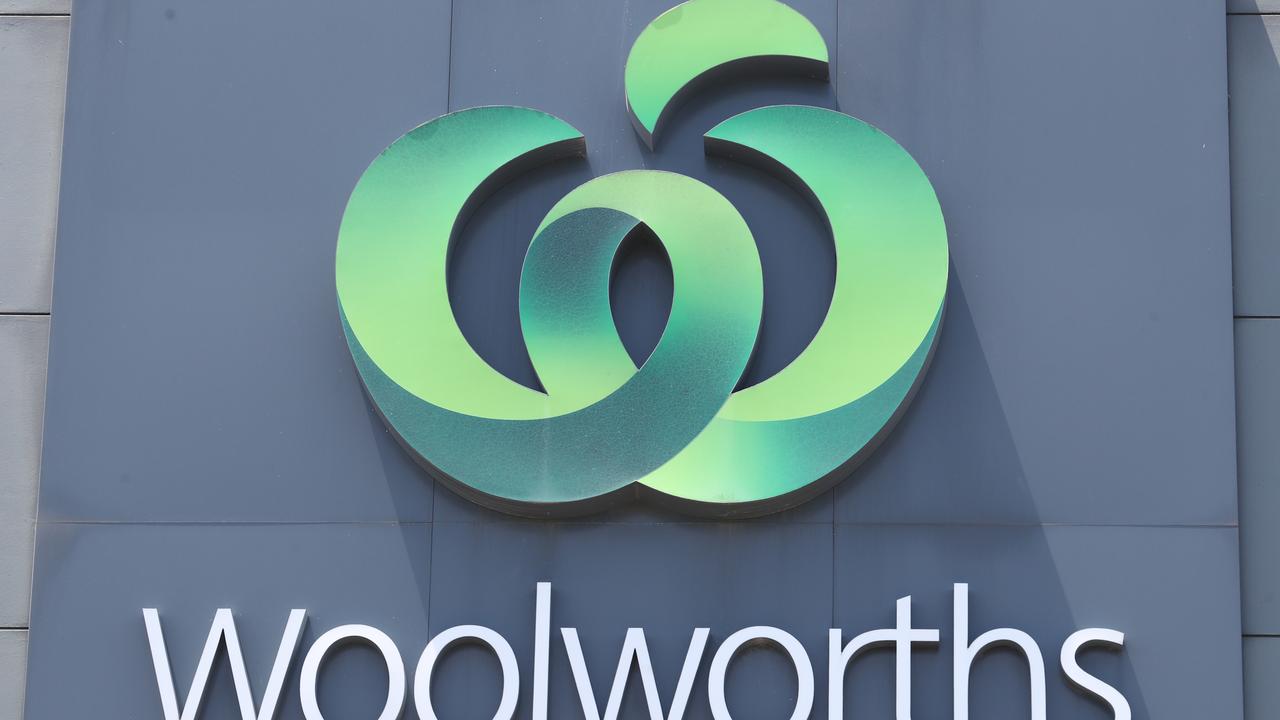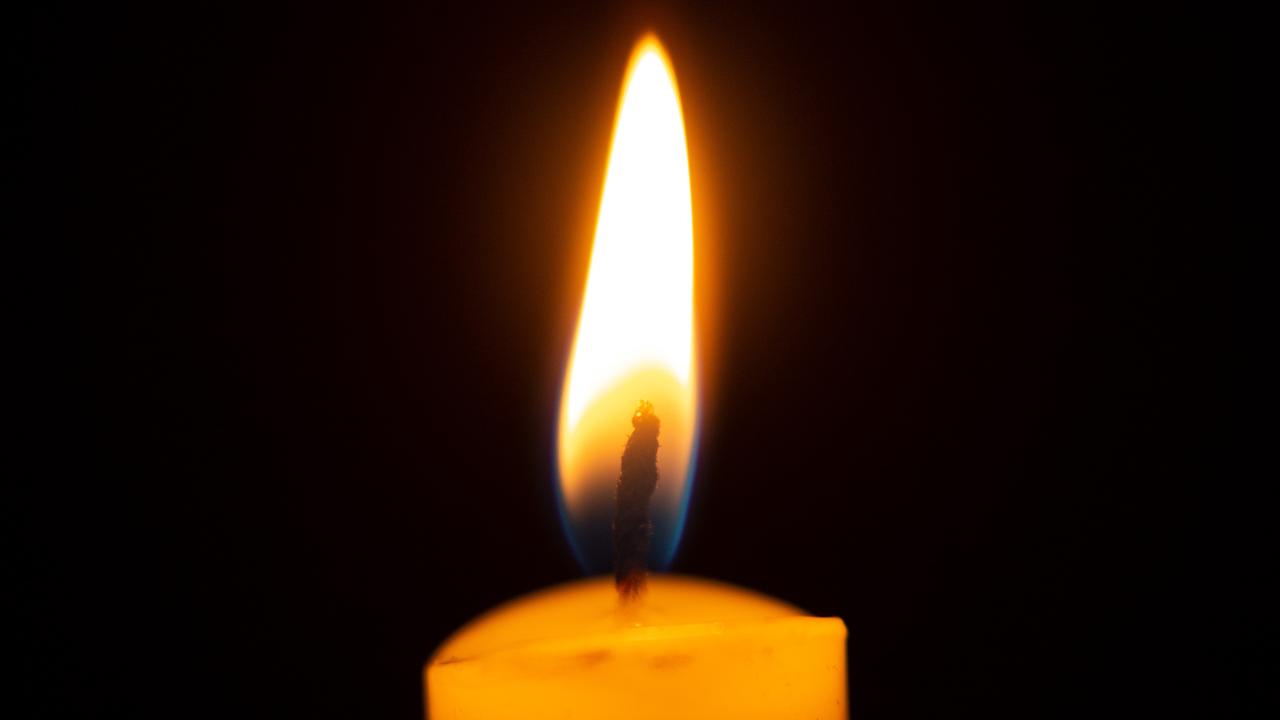Photographer on a mission to pass on letters from Gallipoli found in an op-shop to Anzac’s family
ANZAC Harry Swindells’ treasured memories were uncovered in a Brisbane op-shop and now the search is on to return them to his family.
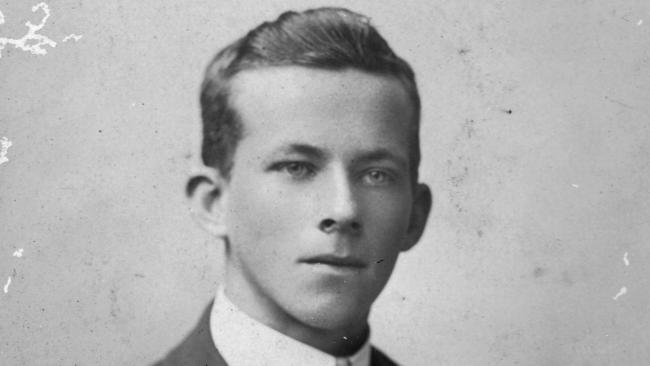
ANZAC Centenary
Don't miss out on the headlines from ANZAC Centenary. Followed categories will be added to My News.
BUT for the sharp eye and curiosity of a regular op-shop scavenger the story of “original” Anzac Harry James Swindells may never have come to light.
An envelope of photos, a postcard and a letter dated 1915, to Clara from “your loving brother” Harry, were discovered in the now-demolished Teneriffe Salvation Army op-shop in the mid-1980s by The Courier-Mail photographer Ted Holliday. He paid $5, bought the collection home and started his search for Harry’s family.
The Anzac’s story has been pieced together from defence records, newspaper clippings and his own written words, but his descendants may still be unaware of his existence.
“Anything original like that is valuable, but it’s even more valuable to the family if we can find them,’’ says Holliday, who intends to give copies of the photos to the Australian War Memorial if family members can’t be found.
Raised by parents Joshua and Ellen Augusta, at Townsville’s Pioneer Sugar Mill and later Gundiah, near Maryborough, with sisters Clara, Phoebe Bessie and younger brother Thomas “Tom” John, it seemed Harry lied about his age to join the fight.
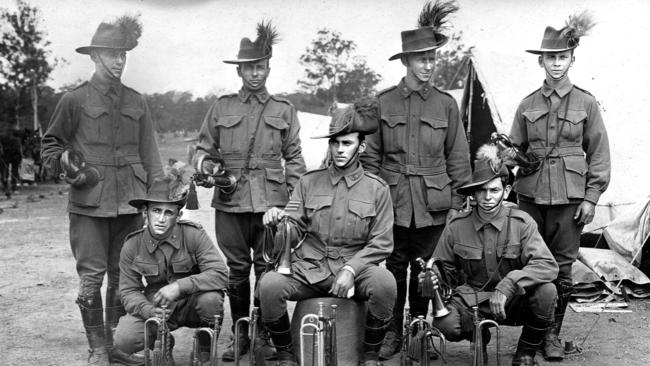
Just 17, Harry told officials he was a school teacher and a month short of his 21st birthday when enlisting at Munduberra on November 2, 1914.
At Brisbane’s Enoggera Private Swindells was appointed trumpeter with the 1st reinforcement, 5th Lighthorse Regiment, 2nd Brigade and embarked from Sydney aboard the Persic four days before Christmas 1914.
CLICK AND ZOOM: Our interactive Anzac mosaic below features more than 27,000 Queensland soldiers who enlisted for WWI and embarked from Brisbane between 1914 and 1918. The portraits were taken by The Queenslander, a supplement to the Brisbane Courier. The main image is of Pte Leslie Raymond Arthur of Crows Nest, near Toowoomba, who lied about his age to enlist in August 1914, and was tragically killed at Gallipoli just days after his 18th birthday.
Harry was sent to Egypt, where medical records showed he suffered “a great deal from sand colic, diarrhoea, sometimes with blood and mucus, and a great deal of pain”.
In mid-May 1915 he went to Gallipoli. Injured, Harry was being taken to hospital in an ambulance when it was bombed and he was buried alive. He was rescued, treated and briefly rejoined his unit but never regained his health.
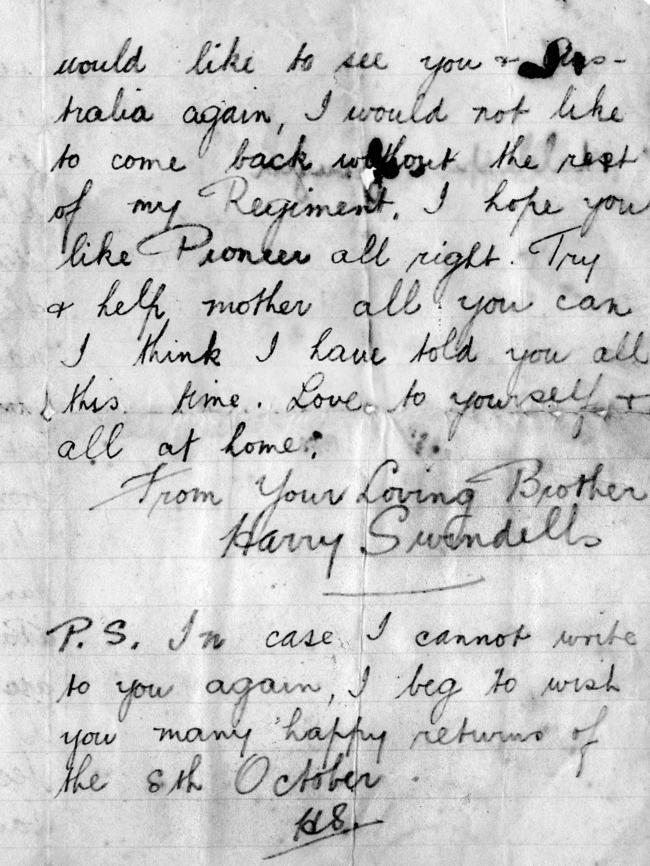
Suffering from shell shock, rheumatism and lumbago, Harry was cared for at Lemnos and Hudros, before being taken to the Tigne Military Hospital in Malta.
It was from Hudros, on July 25, 1915, that he wrote to sister Clara for the first time, thanked her for her letters and wished her “many happy returns” for October 8.
“I suppose you will think me a nice one not writing before, but I have not been able to get writing materials before,’’ starts the short, two-page missive.
“I am away from the fighting line for a few days. I got a bit run-down and so was sent away for a spell. My eyes are getting very weak again.
“I have not told the doctor because he might send me back (home) again. Much as I would like to see you and Australia again, I would not like to come back without the rest of my regiment.’’
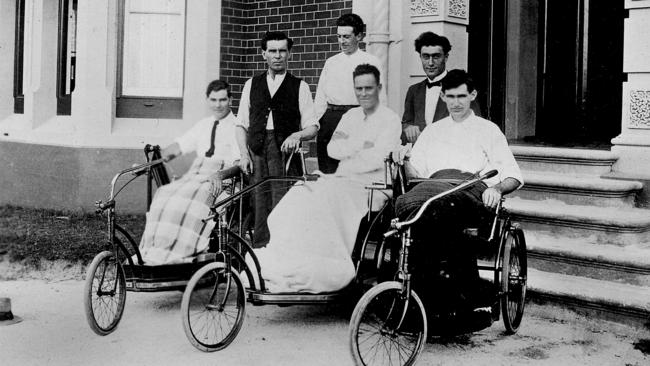
But Harry never rejoined his regiment, instead being taken aboard the Oxfordshire to hospital in London. In April 1916 he was declared “total disabled” with “left hemiplegia”, doctors writing his “left arm completely powerless, right face weakness of muscles of angle of mouth (sic)”.
A telegraph to his parents Joshua and Ellen in July 1916 advised their son was coming home aboard Australian hospital ship Karoola in August.
He was officially discharged on October 25, 1916, and received the 1914-15 Star, British War Medal and Victory Medal.
Harry died in Manly, Brisbane, on March 13, 1918, aged 21. Four funeral notices were placed in The Brisbane Courier on Friday, March 15, by his parents, his uncles and aunts, Mr and Mrs E Farnsworth, Mr and Mrs D Morris, Mr and Mrs J Ward and Mr AH Turton.
Harry was buried in Toowong Cemetery, joined by his mother Ellen, 95, in June 1951 and father Joshua, 88, in August 1952. Phoebe wrote to defence authorities requesting her brother’s “Anzac medal” after her mother’s death.
If you believe you’re related to Harry or have any info, email leanne.edmistone@news.com.au
Originally published as Photographer on a mission to pass on letters from Gallipoli found in an op-shop to Anzac’s family

